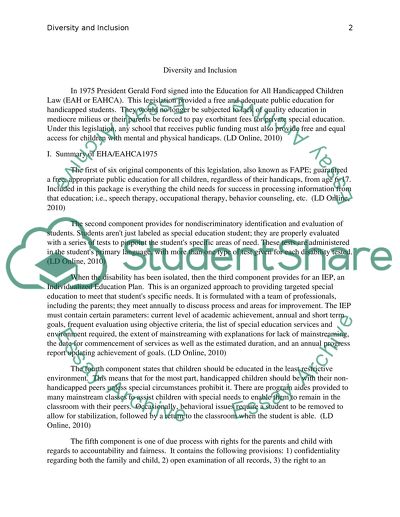Cite this document
(“Diversity and Inclusion Essay Example | Topics and Well Written Essays - 2500 words”, n.d.)
Retrieved de https://studentshare.org/education/1410516-diversity-and-inclusion
Retrieved de https://studentshare.org/education/1410516-diversity-and-inclusion
(Diversity and Inclusion Essay Example | Topics and Well Written Essays - 2500 Words)
https://studentshare.org/education/1410516-diversity-and-inclusion.
https://studentshare.org/education/1410516-diversity-and-inclusion.
“Diversity and Inclusion Essay Example | Topics and Well Written Essays - 2500 Words”, n.d. https://studentshare.org/education/1410516-diversity-and-inclusion.


